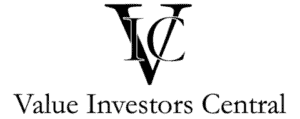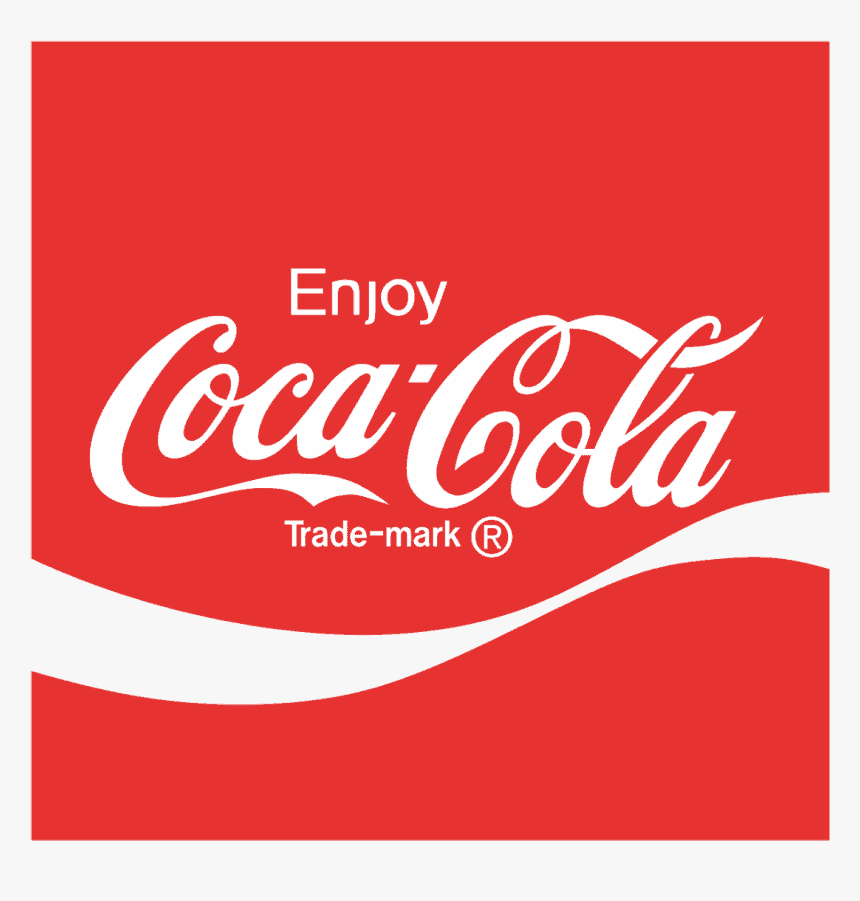Coca-Cola is recognized around the world as the leading beverage company. Its logo is synonymous with celebrations and happiness. But how have they managed to build this competitive advantage?
Coca-Cola’s competitive advantages are its branding, distribution network, and advertising budget. Its logo is one of the most recognized in the world, has an extensive distribution network reaching almost every country in the world, and has the largest advertising budget of any beverage company.
What does Coca-Cola do?
Coca-Cola is an American multinational beverage company founded in 1866 by John Stith Pemberton and is headquartered in Atlanta, Georgia. It is best known for its carbonated soft drink, Coca-Cola, the best-selling soft drink in many countries. The company primarily manufactures, sells, and markets concentrates and syrups. Coca-Cola owns over 500 brands and sells in more than 200 countries. Aside from Coca-Cola and its variations, the Coca-Cola company’s best-selling products are Sprite, Fanta, Powerade, and Minute Maid.
What is Coca-Cola’s competitive advantage?
Brand Equity
Coca-Cola’s most significant competitive advantage is its brand equity. The company has built a reputation for producing high-quality beverages that are enjoyed by people all around the world. The Coca-Cola brand is recognized globally and is synonymous with refreshment, happiness, and joy.
The Coca-Cola brand has become so valuable that it is worth an estimated $84 billion. This is due in large part to the company’s marketing efforts, which have been instrumental in building brand awareness and loyalty. Coca-Cola’s marketing campaigns are some of the most successful and recognizable in the world, and the company continues to invest heavily in marketing to maintain its brand’s position.
Global Presence
Another significant competitive advantage of Coca-Cola is its global presence. The company operates in over 200 countries and has a strong presence in each of them. This global reach has allowed Coca-Cola to establish itself as the world’s leading producer of non-alcoholic beverages.
The company has developed an extensive distribution network, which ensures that its products are readily available to consumers all over the world. Coca-Cola’s global presence has also allowed it to take advantage of economies of scale, which has helped the company to keep its costs low and maintain a competitive advantage in the market.
Product Diversification
Coca-Cola has always been a company that is focused on innovation and staying ahead of the curve. In recent years, the company has diversified its product line beyond the traditional carbonated soft drinks that it is famous for. Coca-Cola has expanded its offerings to include juices, teas, sports drinks, and even coffee.
This product diversification has allowed Coca-Cola to reach a broader audience and appeal to consumers who are looking for healthier options or different types of beverages. The company has also been quick to adapt to changing consumer trends and preferences, which has helped it to maintain its competitive edge.
Supply Chain Management
Coca-Cola’s success would not be possible without its efficient supply chain management. The company has established a well-oiled machine that ensures that its products are available to consumers wherever they are. Coca-Cola’s supply chain management involves everything from sourcing raw materials to delivering finished products to retailers and distributors.
The company has invested heavily in technology and infrastructure to ensure that its supply chain is efficient and cost-effective. Coca-Cola’s supply chain management has allowed it to keep costs low, ensure product availability, and maintain high levels of customer satisfaction.
Investment in Research and Development
Coca-Cola has always been a company that is focused on innovation and staying ahead of the curve. The company invests heavily in research and development to stay at the forefront of the beverage industry. This investment has allowed Coca-Cola to create new products, improve its existing products, and develop new ways to engage with consumers.
Coca-Cola has also been quick to adopt new technologies, such as artificial intelligence and big data, to better understand its customers and their preferences. This investment in research and development has been instrumental in helping the company to maintain its position as the world’s leading producer of non-alcoholic beverages.
Large Advertising Budget
Coca-Cola spends about $4 billion per year on advertising, the largest advertising budget of any beverage company in the world. PepsiCo, Coca-Cola’s largest competitor, spends around $2.5 billion annually. This reinforces brand image and recognition among its customers. It also allows new products to gain awareness faster than any other company.
Who are Coca-Cola’s competitors?
PepsiCo
PepsiCo was founded in 1898, headquartered in Harrison, New York, and operates in almost every country Coca-Cola does. PepsiCo is Coca-Cola’s most significant competitor. Its best-selling product is cola, but it has other soft drinks, sports drinks, and fruit juices like Coca-Cola. While Coca-Cola occupies almost 50% of the soft drink market, PepsiCo occupies around 25%.
Keurig Dr Pepper
Keurig Dr Pepper is a conglomerate of the coffee company Keurig and the soft drinks company Dr Pepper. It is headquartered in Burlington, Massachusetts, and owns over 70 brands, including Dr Pepper, 7-up, A&W, and Sunkist.
Although Keurig Dr Pepper has less than one-tenth the revenue of Coca-Cola, they still have a strong brand portfolio that is difficult to compete with in certain regions. Keurig Dr Pepper also has a robust distribution network and efficient supply chain.
What are Coca-Cola’s opportunities for growth?
Product innovation
Coca-Cola can continue to innovate and provide value to its customers. Customer tastes and preferences are constantly evolving; for example, people are becoming more conscious about their sugar consumption, so as a result, the Coca-Cola drink now has three variations containing no sugar. The company can also continue to expand in different areas, such as coffee, health drinks, and alcoholic beverages.
Mergers and acquisitions
The beverage space is highly competitive. There are many start-ups focused on launching new and innovative drinks. We have seen the massive popularization of seltzer waters that have created their loyal followers of consumers. The easiest way to expand into new categories is to purchase the company in the space. For example, Coca-Cola purchased Topo Chico in 2017 and AHA in 2019.
Conclusion
In conclusion, Coca-Cola has a strong competitive advantage that has allowed it to maintain its position as one of the world’s most successful and recognizable brands. Its long history, global distribution network, strong marketing and advertising campaigns, and continuous innovation and product development are all factors that have contributed to its success.
Despite its challenges, Coca-Cola continues to be a leader in the beverage industry, and its competitive advantage will likely continue to sustain its success for many years to come. By staying true to its core values, while adapting to changing consumer tastes and preferences, Coca-Cola has proven that it is more than just a soft drink brand – it is a cultural icon that has touched the lives of people all around the world.


